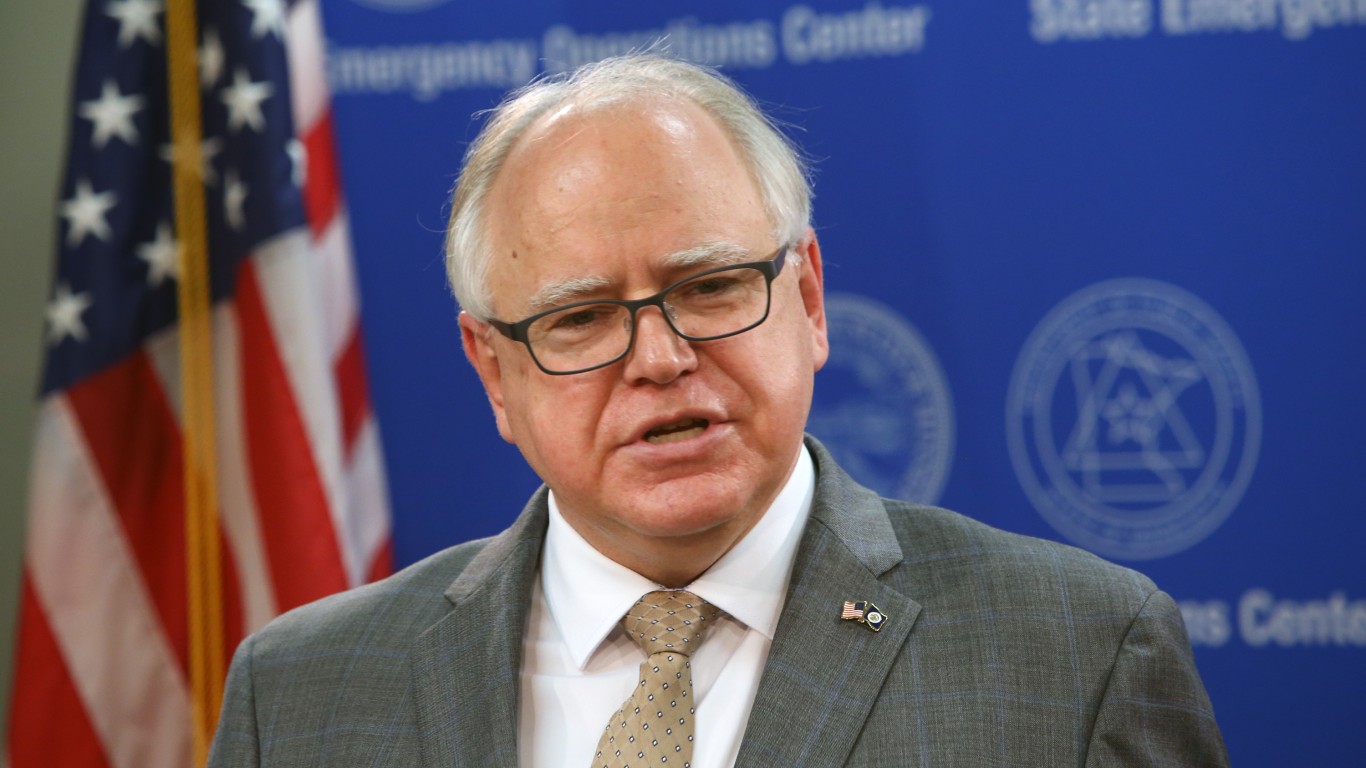
Some Minnesotans will hopefully receive rebate checks soon as the lawmakers have now sent the $3 billion tax bill to the governor’s desk. Among other things, the $3 billion tax bill includes tax rebate checks from Minnesota of up to $260 per taxpayer. Once Gov. Tim Walz approves the tax bill, eligible Minnesotans can expect the rebate checks by early fall.
Tax Rebate Checks From Minnesota: When To Expect Them
On Sunday, members of the Minnesota Senate approved the bill that DFL (Democratic-Farmer-Labor) lawmakers refer to as historic tax relief. The $3 billion tax bill reduces the Social Security income tax, offers a new child tax credit and returns the surplus to taxpayers in the form of a one-time tax rebate check from Minnesota.
Eligible taxpayers will get $260, while couples will get $520. Additionally, eligible dependents will also qualify for a rebate of $260 (for a maximum of three). So, the maximum rebate a family could get is $1,300.
Single filers with annual income of up to $75,000 ($150,000 for families) will qualify for the rebate. There is no phase out, so taxpayers with income above the threshold won’t receive a rebate.
To determine the eligibility for the tax rebate checks from Minnesota, the Department of Revenue plans to use 2021 tax filings. Taxpayers don’t need to apply for the rebate. Those who are eligible will automatically get the rebate in their mailboxes or bank accounts by early fall.
The rebate amount of $260 is much smaller than the $1,000 checks ($2,000 for joint filers) that Gov. Walz pushed for in his initial budget proposal. Also, the rebate amount is less than what was initially passed in the Senate and House tax bills.
What Else Does The Tax Relief Bill Offer?
Instead of giving more money back to taxpayers in the form of a one-time tax rebate check, Democratic-Farmer-Labor Party members decided to expand the child tax credit. The $3 billion tax bill offers a child tax credit of $1,750 per child with no limit on the number of children. The DFLers believe the child tax credit will cut child poverty by one-third.
Joint filers with an annual income of up to $35,000 will qualify for the full credit amount. The credit amount will phase out for filers with income above the threshold depending on the number of children.
For example, the credit amount will start to phase out for a couple with three children at income levels above $35,000. For the same couple, the credit amount will completely phase out at a combined income of $81,666.
Also, the lawmakers agreed to eliminate the Social Security income tax for about three-quarters of recipients. Single filers with annual income of up to $78,000 (up to $100,000 for joint filers) won’t need to pay any tax. Some Democrats and Republicans called for fully eliminating the Social Security tax.
Apart from these, the tax relief bill also includes $300 million in one-time public safety aid, a new renter income tax credit, and a one-time boost of 20.6% in property tax refunds for homeowners.
This article originally appeared on ValueWalk
In 20 Years, I Haven’t Seen A Cash Back Card This Good
After two decades of reviewing financial products I haven’t seen anything like this. Credit card companies are at war, handing out free rewards and benefits to win the best customers.
A good cash back card can be worth thousands of dollars a year in free money, not to mention other perks like travel, insurance, and access to fancy lounges.
Our top pick today pays up to 5% cash back, a $200 bonus on top, and $0 annual fee. Click here to apply before they stop offering rewards this generous.
Flywheel Publishing has partnered with CardRatings for our coverage of credit card products. Flywheel Publishing and CardRatings may receive a commission from card issuers.
Thank you for reading! Have some feedback for us?
Contact the 24/7 Wall St. editorial team.


